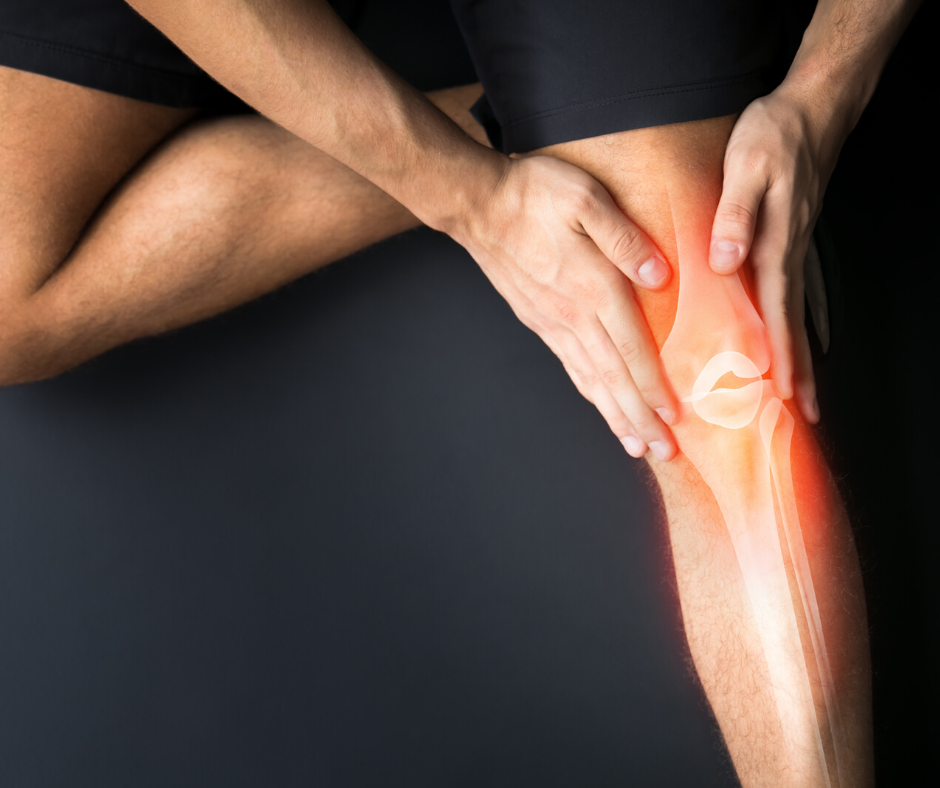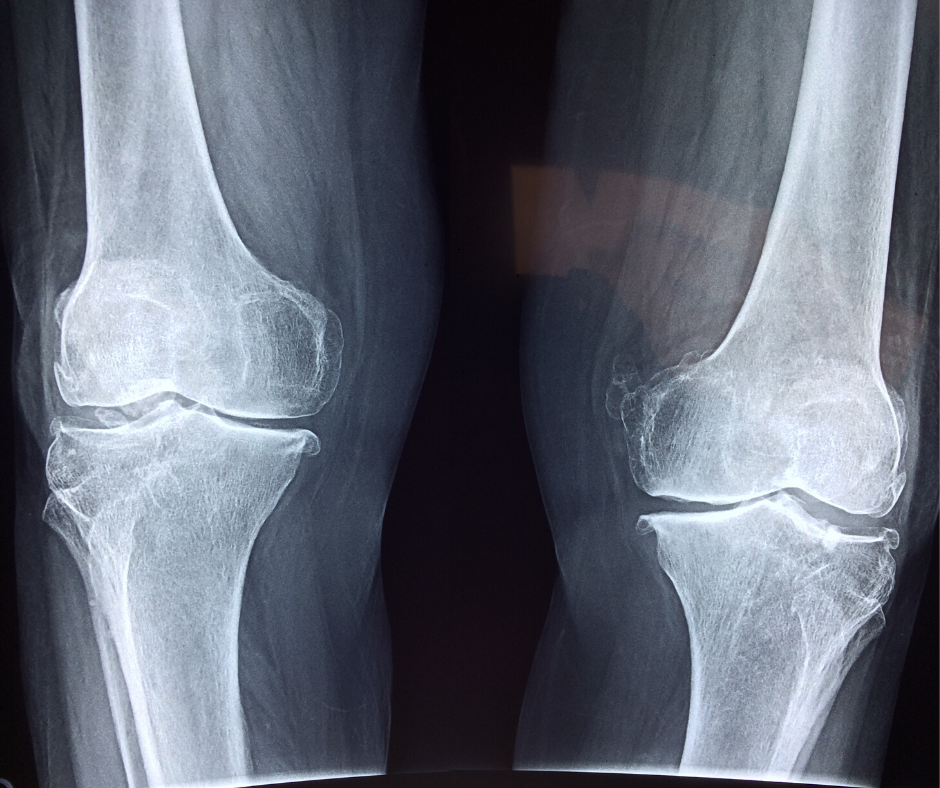 Osteoarthritis is better known as the ‘wear and tear’ arthritis that develops over many years of wearing down the joints. Osteoarthritis can develop in any joint, and in the lower limbs, most often affects the knees, ankle, big toe and midfoot joints.
Osteoarthritis is better known as the ‘wear and tear’ arthritis that develops over many years of wearing down the joints. Osteoarthritis can develop in any joint, and in the lower limbs, most often affects the knees, ankle, big toe and midfoot joints.
How osteoarthritis affects the joints
Osteoarthritic joint pain develops because the cartilage that covers the ends of our bones is worn down. The purpose of cartilage is to help absorb shock, acting as a rubbery cushion. It also creates a slippery surface for bones to move smoothly and efficiently past one another. As the cartilage is worn down, bones start to rub against one another. This causes pain, restricts movement, and can ultimately change the shape of the joints, preventing them from functioning effectively.
What does osteoarthritis feel like?
While the initial changes may be painless, the symptoms tend to progressively worsen as the bone damage worsens. You may experience:
- Joint pain and tenderness, especially when moving them
- Swelling or redness
- Stiffness or restricted joint movement
- Creaking in the joints
- Changes to the bone shape (including irregular bony growth at the joints)
- Weakened muscles that surround or attach to the joints
What causes osteoarthritis?
 Osteoarthritis is caused by the natural use and loading of our joints over the years. The rate of the bony degeneration may be accelerated by:
Osteoarthritis is caused by the natural use and loading of our joints over the years. The rate of the bony degeneration may be accelerated by:
- Injury to the joints
- Obesity
- Infection
- Repetitive movements that overload and stress the joints
How is osteoarthritis treated?
While the degenerative changes to the cartilage from arthritis are irreversible, the painful symptoms can be managed to help improve your comfort and mobility. You can also reduce the rate of progression of osteoarthritis by addressing the potential causes, like misalignment in the joints. Here at Masterton Foot Clinic, we can help by:
- Assessing your footwear, ensure that it is helping you move comfortably and absorb shock, not putting extra loads on your joints
- Using custom orthotics to redistribute pressure away from painful joints and areas, cushion the feet, accommodate any prominent bones, help you absorb shock, and improve the overall biomechanics of the feet
- Prescribing low-impact exercises that can help maintain your joint strength and mobility
- Discussing your regular activities and how you can continue to do these while not speeding up the progression of osteoarthritic symptoms
FAQ’s
Why may I be feeling cracking with osteoarthritis?
We call this crepitus, and it is believed to be associated with the roughening of the normally smooth surface inside the joint, which may rub and cause cracking or popping feelings. Interestingly, some popping noises can be harmless and are just a response to the way that an air bubble can appear in the joint with a ‘pop’. Other cracking noises come from the way that ligaments and tendons pass over the bones in a joint.
Can osteoarthritis be genetic?
Arthritis isn’t genetically inherited, no. But you can inherit certain factors – like the features of your joint or a predisposition to a higher weight that can then increase your risk of osteoarthritis.
Does osteoarthritis cause numbness?
Numbness is a sign that a nerve has been involved and perhaps pinched or damaged. This is not usually a side effect of osteoarthritis, but if you’re having painful inflammation at a joint then it could impede on a nearby nerve. Most often, any numbness is unrelated to the presence of osteoarthritis.
Can you diagnose arthritis in my feet or knees?
While we can indicate that arthritis is a possibility for you, we cannot make a formal diagnosis. This must be done by your GP, who will refer you for x-ray or MRI imaging of specific joints. Remember that just because you have arthritis in one joint does not mean you have arthritis in all of your joints.
How does arthritis lead to bone spurs?
Osteoarthritis-related bone spurs may develop when the cartilage in a joint has been worn through, and the bone responds by growing extra bone at the margins of the joint surface – forming the spurs. Spurs are not always symptomatic, but may lead to pain if they rub against other bones or tissues, impinge on nearby nerves, or otherwise restrict your movement.
Is my weight the cause of my osteoarthritis?
A higher weight is a contributing factor for osteoarthritis, and often one part of management with your GP as reduced weight means reduced pressure on the affected joint. But there are usually many factors that lead to osteoarthritis outside of your weight.
Is osteoarthritis curable?
You cannot reverse the damage created by osteoarthritis, but that does not mean that you have to live with the pain. There is a lot that can be done to help you live a long, healthy and active life. We support many people to achieve exactly this.
